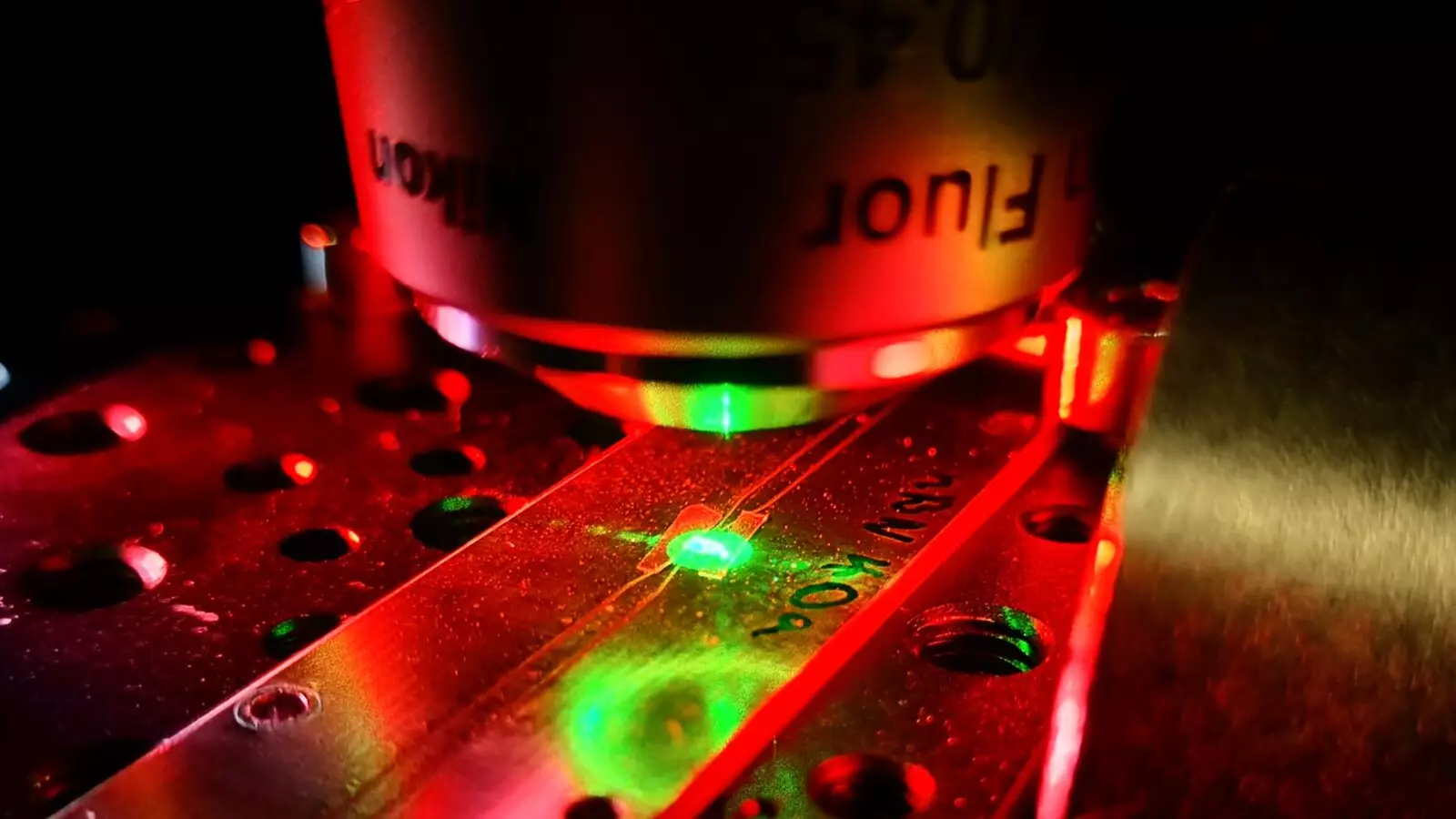In a recent groundbreaking development, researchers at TMOS, in collaboration with RMIT University, have made significant strides in the field of quantum sensing technology. They have successfully developed a new 2D quantum sensing chip using hexagonal boron nitride (hBN), which has the ability to detect temperature anomalies and magnetic fields in any direction. This innovative thin-film format has the potential to revolutionize the current landscape of quantum sensors, making them cheaper and more versatile than ever before.
The Limitations of Diamond-Based Sensors
Traditionally, quantum sensing chips have been constructed using diamond due to its robust nature. However, diamond-based sensors are limited in their ability to detect magnetic fields only when aligned in the direction of the field. This limitation results in large blind spots, requiring multiple sensors at varying degrees of alignment for accurate readings. The rigid and three-dimensional structure of diamond sensors also restricts their ability to get close to samples that are not perfectly smooth, further limiting their versatility in different applications.
To overcome these limitations, TMOS researchers have turned to hexagonal boron nitride (hBN) as a new platform for quantum sensing. hBN crystals are composed of atomically thick sheets that are flexible, allowing the sensing chips to conform to the shape of the sample being studied. This unique property enables the sensors to get much closer to the sample than diamond-based sensors, enhancing their accuracy and versatility.
Researchers discovered a carbon-based defect in hBN with a previously unidentified atomic structure that is capable of detecting magnetic fields in any direction. Through Rabi measurement experiments, they determined that this defect behaves as a spin half system, allowing the sensor to detect magnetic fields with unparalleled precision. The researchers were able to control this new carbon-based sensor through electrical excitation, similar to the boron vacancy sensor, and found that they could interact with each other when tuned appropriately.
The development of this new hBN-based quantum sensing chip opens up a world of possibilities for various applications. The sensors can be used for magnetic imaging, temperature measurement at a quantum level, and even radio spectroscopy across a wider band than existing technologies. The unique 2D form of hBN allows for closer proximity to samples, making it an ideal platform for nanoscale quantum sensors and robust room-temperature quantum systems.
The introduction of 2D quantum sensing chips using hBN represents a significant milestone in the field of quantum technology. The ability to detect magnetic fields in any direction, coupled with the flexibility and versatility of hBN-based sensors, has the potential to transform the way we approach quantum sensing. As researchers continue to explore the properties and opportunities of this new optical spin defect, the future of quantum sensing technology looks brighter than ever before.


Leave a Reply